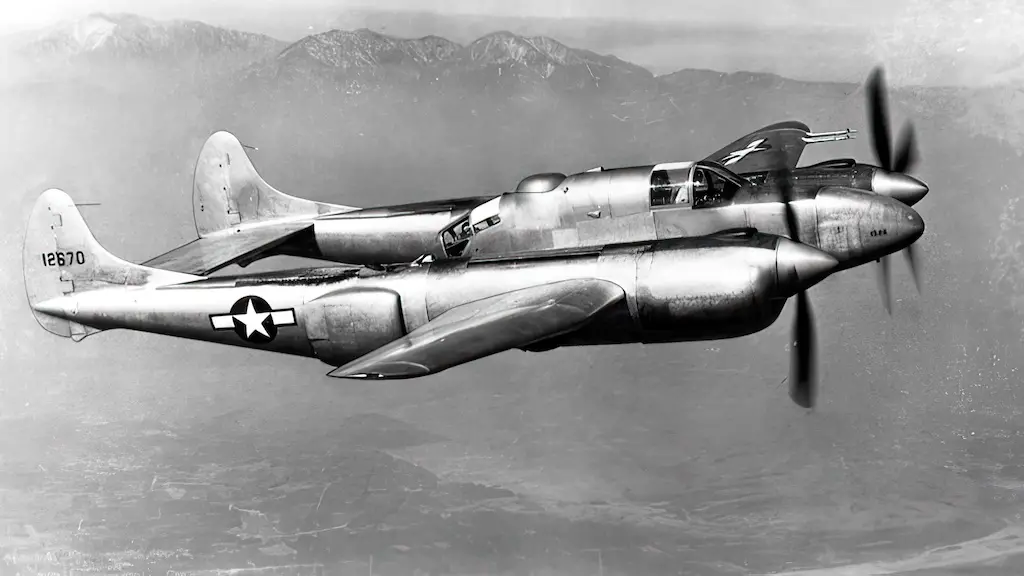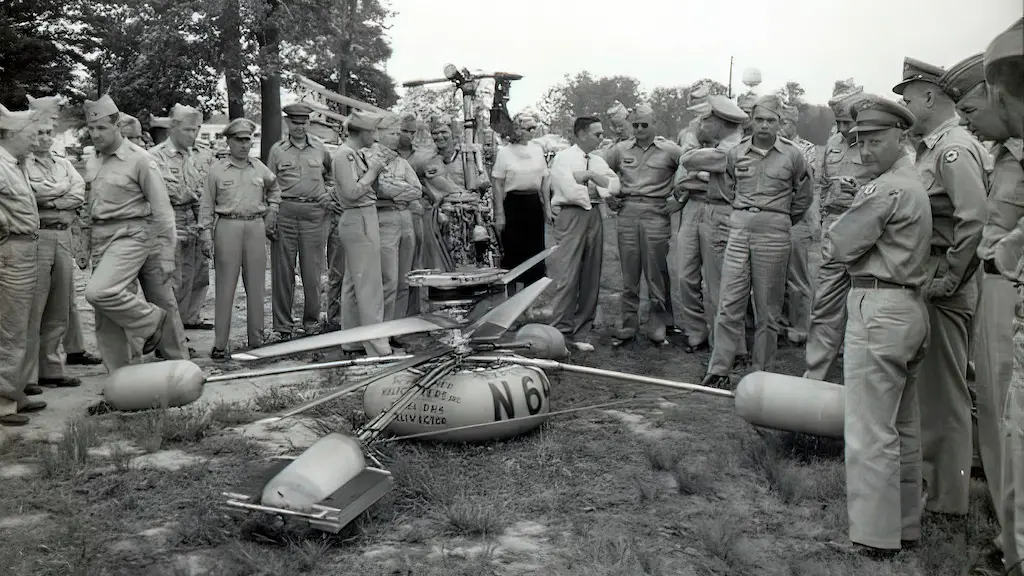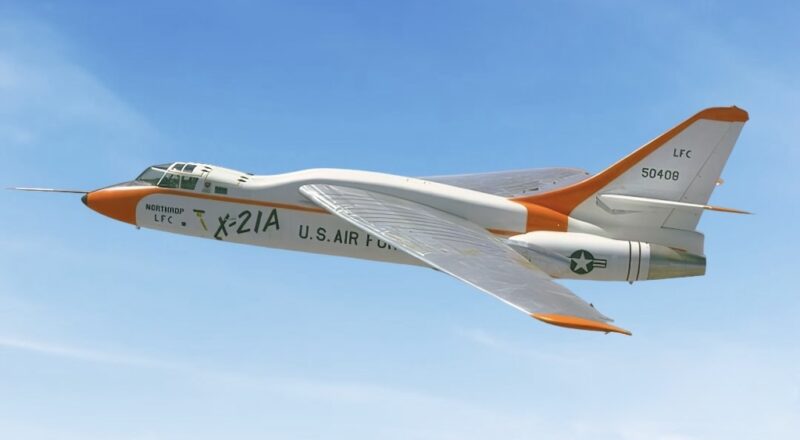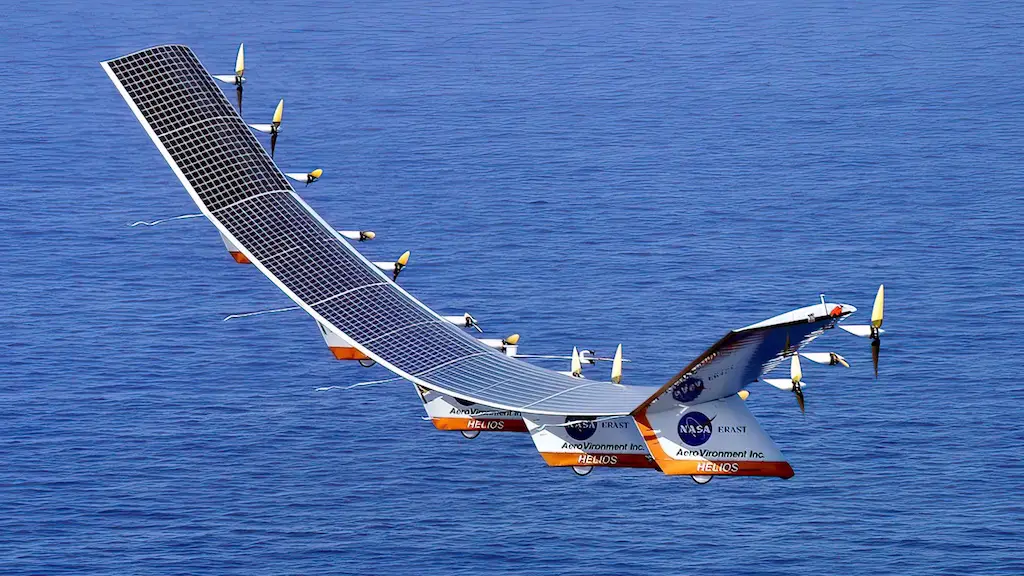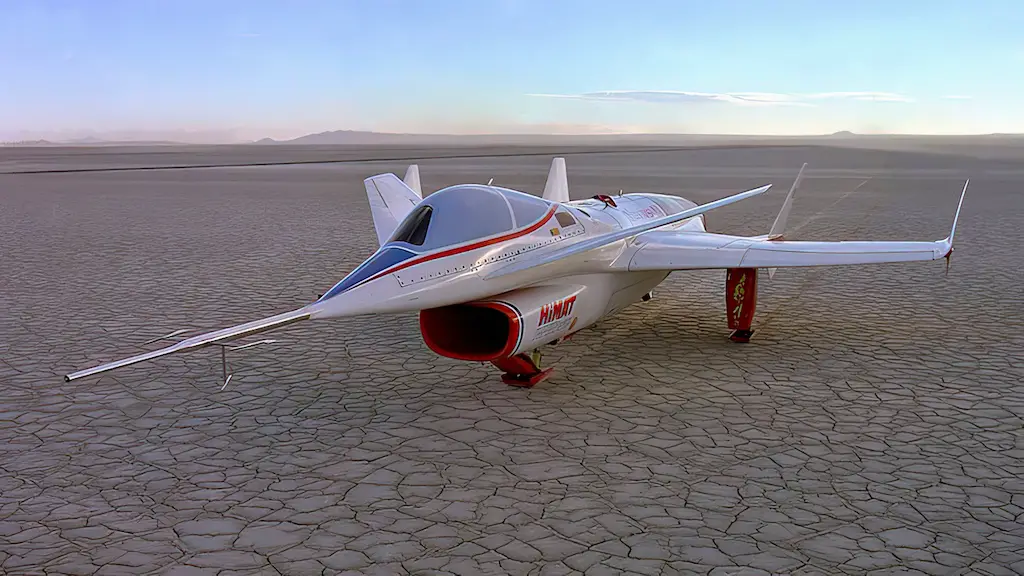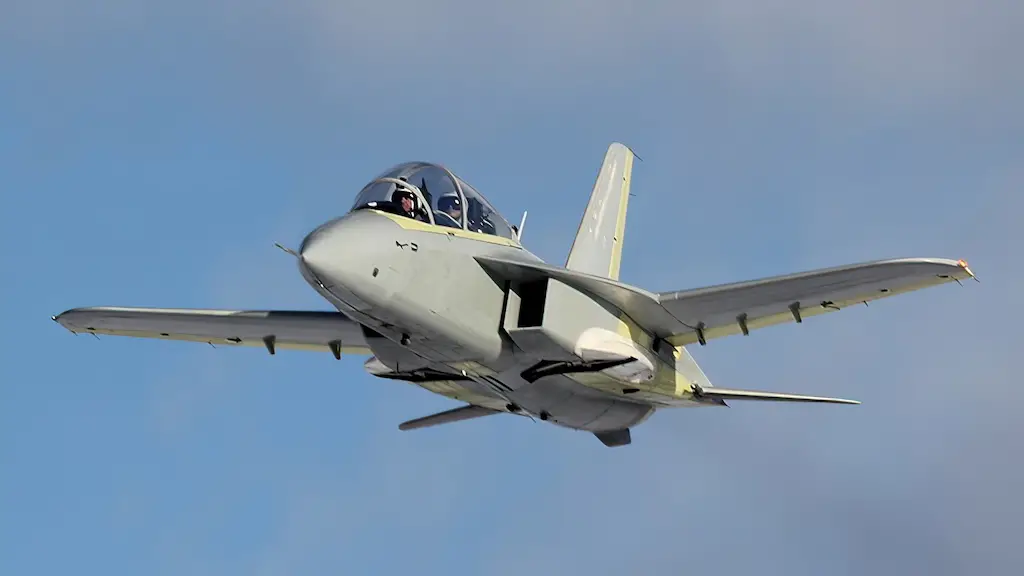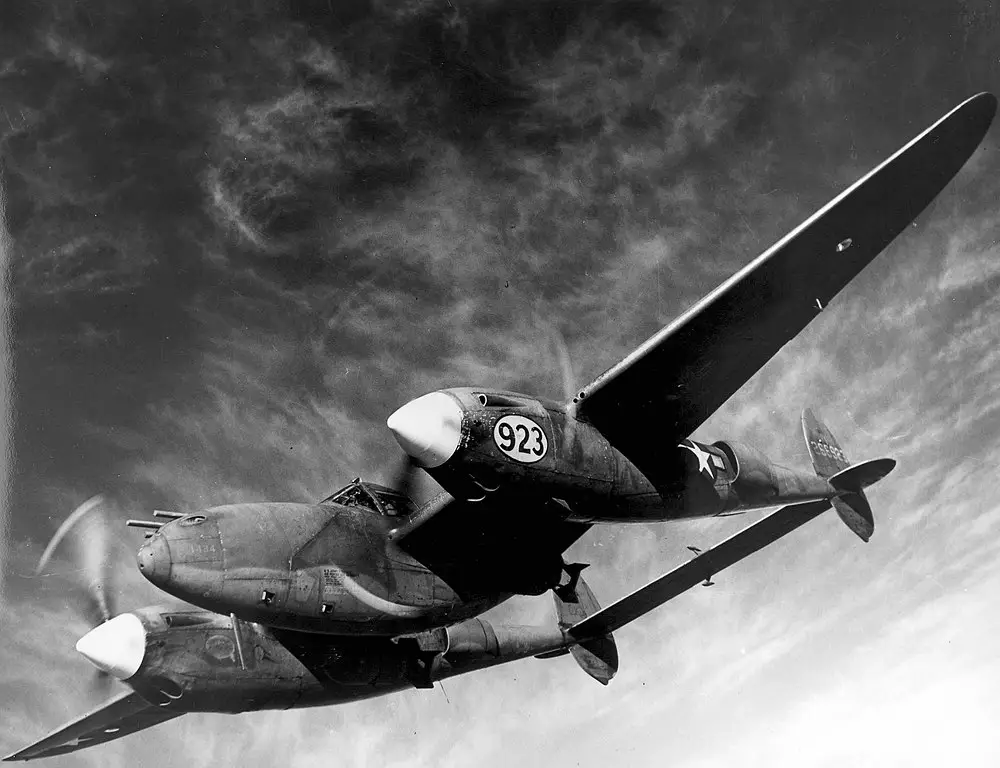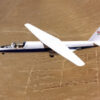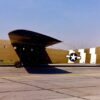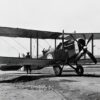The Dawn of the Chain Lightning
In the annals of aviation history, few aircraft spark as much intrigue as the Lockheed XP-58 Chain Lightning. Emerging amidst the backdrop of World War II, its development story began in 1940 as a brainchild of Lockheed engineers. The initial design, intended to be a multi-purpose, long-range fighter, presented an evolutionary leap from its predecessor, the P-38 Lightning.
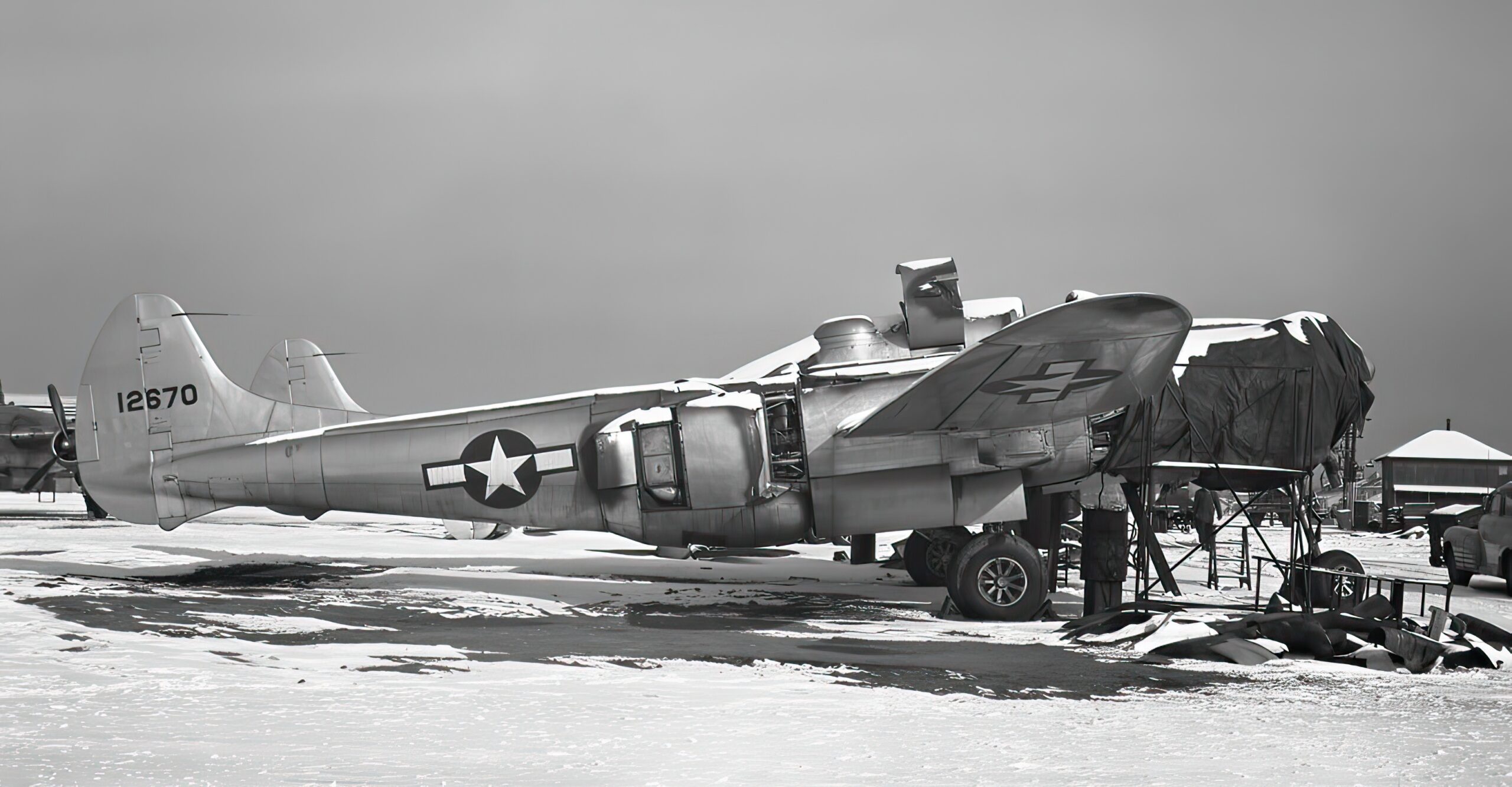
Pushing the Boundaries of Innovation
The Lockheed XP-58 Chain Lightning’s design boasted several innovative features. Its signature element, a pair of turbo-supercharged Allison V-3420 engines, gave it exceptional power. With a promise of two times the power of its predecessor, the XP-58’s power plant was a glimpse into the future of aviation.
The aircraft also came with a unique multi-position cockpit, accommodating a pilot, co-pilot/navigator, and gunner in tandem. Such an arrangement allowed for unprecedented cooperative operation. Coupled with its formidable range and payload capacity, the XP-58 aimed to serve as a long-range escort fighter, ground attack platform, and bomber interceptor.
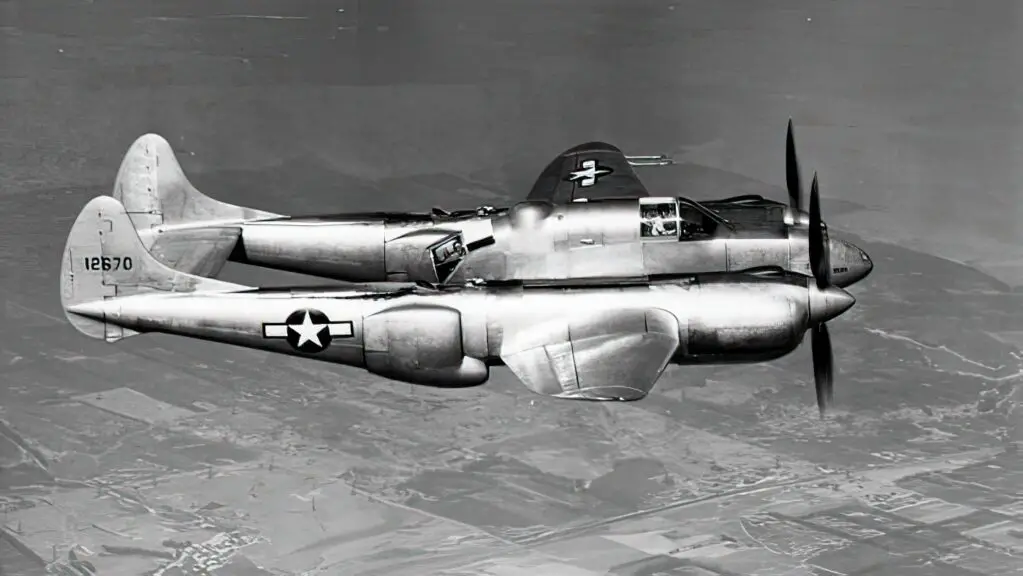
A Flurry of Challenges
The Chain Lightning first took to the skies for its test flight in June 1944, four years after its conception. Despite the promising design and powerplant, the test flights highlighted a series of issues. The promised speed of the aircraft was not achieved, and the overly complicated engine controls proved difficult for the pilots.
In-flight instability, coupled with inadequate engine cooling, presented substantial challenges. Even after modifications, these issues persisted, contributing to a decreased enthusiasm for the project within the ranks of the U.S. Army Air Forces.
Cancellation
The Lockheed XP-58 Chain Lightning met its downfall due to a cocktail of technical troubles and shifting military preferences. The strategic battleground had transformed by the time Chain Lightning was prepped for deployment. The war effort had pivoted towards favoring high-velocity, single-seat fighters and altitude-conquering, long-haul bombers. This new paradigm sidelined the need for a jack-of-all-trades long-range escort like the Chain Lightning.
Moreover, the persisting technical glitches, escalating costs, and delays dampened the military’s enthusiasm. In the end, only one prototype was ever built, and the project was officially cancelled in 1944.
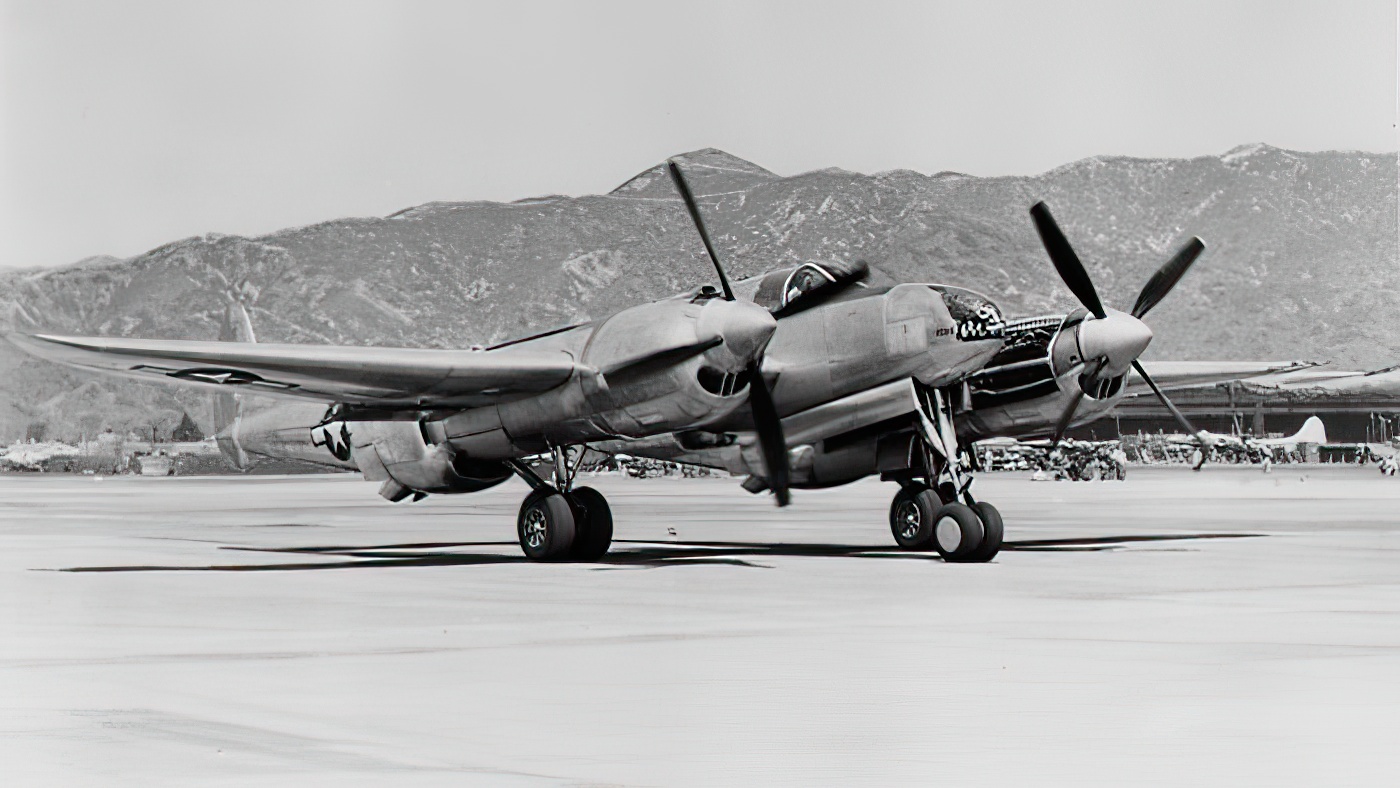
The Unfulfilled Promise of the Chain Lightning
Despite its cancellation, the Lockheed XP-58 Chain Lightning remains an intriguing footnote in aviation history. It symbolizes a daring attempt to push the boundaries of design and performance. Although the Chain Lightning never reached full operational status, its tale serves as a reminder of the volatile and unpredictable nature of aircraft development during World War II. A powerhouse on paper, yet a practical puzzle in the air, the XP-58 Chain Lightning continues to captivate the imagination of aviation enthusiasts.

